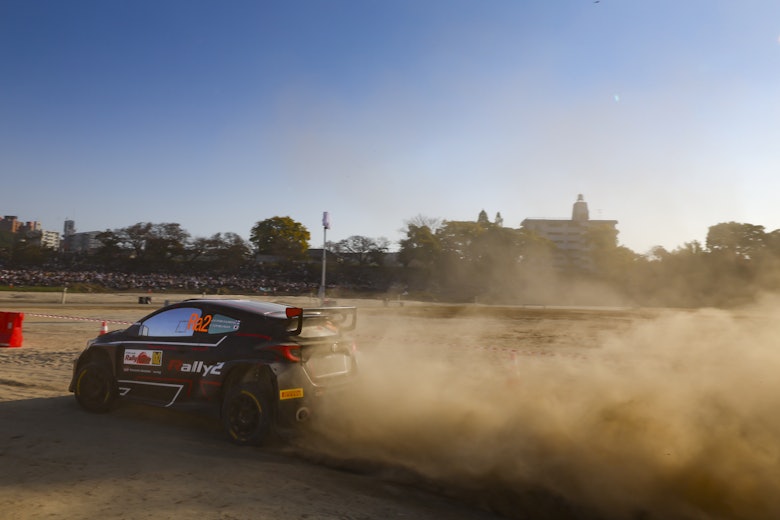There might, possibly, have been some sense in the question. Actually, no. No sense whatsoever. The question came on a sunny Saturday afternoon in Japan. Standing staring at Toyota’s GR Yaris Rally2, a colleague pondered the point of the thing.
The thinking behind the question was that Toyota had dominated everything in the World Rally Championship for the second successive year. Planet earth gets it, Toyota’s good at rallying.
So why the Rally2 car?
Excuse me?
The second tier has always been of huge importance to Japanese manufacturers. Unquestionably, winning the World Rally Championship is something very special for any manufacturer, but there’s also the kick of seeing their cars competing the world over. A successful second tier car tells its own story and sells its own metal.
The obvious place to go with this is the snappily titled FIA Cup for Drivers of Production Cars, which ran from 1987 until 2001. From 2002 until 2012 the moniker was modified to FIA World Rally Championship of Production Cars, colloquially known as P-WRC.
For 18 of its 26 years, two manufacturers won: Mitsubishi and Subaru (and I’m counting Proton’s 2002 success with Karamjit Singh as a Mitsu win – the Pert was effectively a rebadged Lancer).
The showroom scrap between the Impreza and the Lancer was as intense as anything that went on anywhere else in rallying. Outside of the WRC, those two cars were the go-to step from domestic to international rallying.
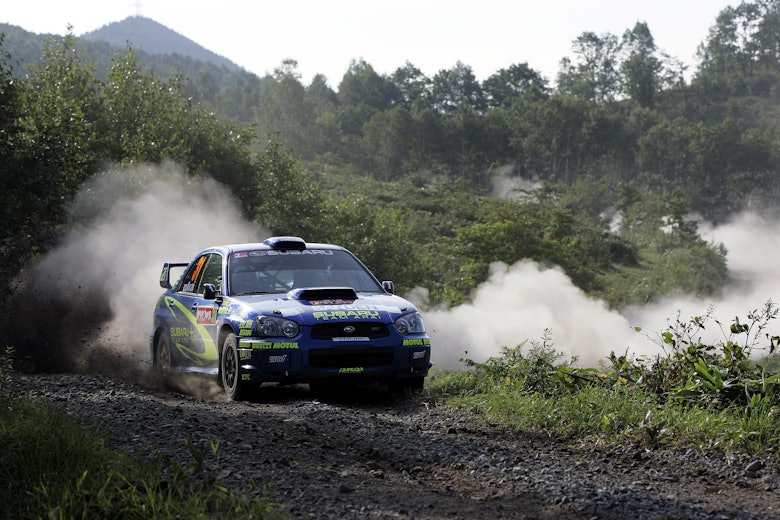
Thousands of cars were sold globally with internal competition departments as committed as any factory WRC teams.
But the Japanese story didn’t really start with either. Head back to the ’80s and Subaru was still in the fields servicing farmers’ needs. Mitsubishi was getting there with the Galant VR-4 (Pentti Airikkala’s Group N win against Colin McRae’s stock Ford Sierra RS Cosworth was a highlight for the first AWD Mitsu) and Toyota’s Celicas were coming online, but Pascal Gaban was the first driver to lift a Group N world title for a Japanese manufacturer when he celebrated 1988 success with a Mazda 323.
Grégoire de Mevius returned the 323 to the top of the tree in 1991 before defending that title with a Nissan Sunny GTi-R – a car which worked far better in Group N than it ever did in Group A.
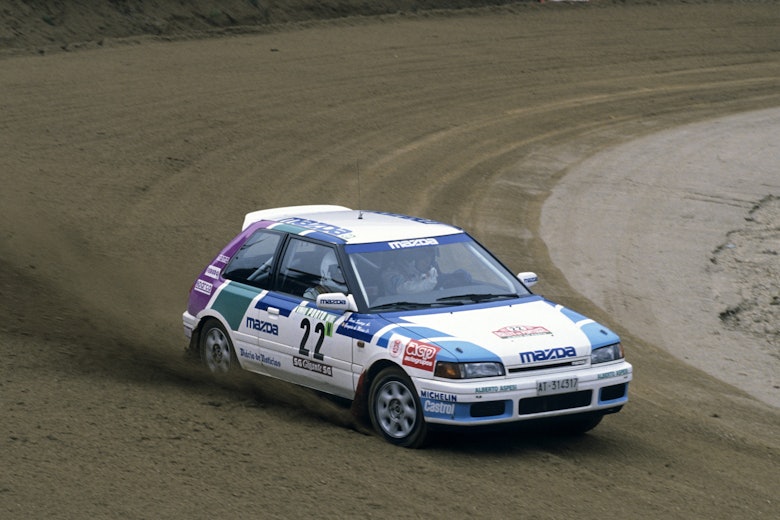
From 1995 onwards for the next eight years, it was a Lancer of some shape that dominated, with Uruguayan giant Gustavo Trelles mirroring Tommi Mäkinen’s four straight drivers’ titles in the world Group N category. Through the late 1990s, Mitsubishi could do no wrong in rallying around the world.
Subaru secured the early years of the new millennium, but a decade in and the relevance of Group N started to diminish.
The onset of the Junior World Rally Championship shifted the feeder series focus.
But still Japan remained well represented in shape of Suzuki’s Ignis and Swift which collected three world titles, two for P-G Andersson and one for Aaron Burkart.
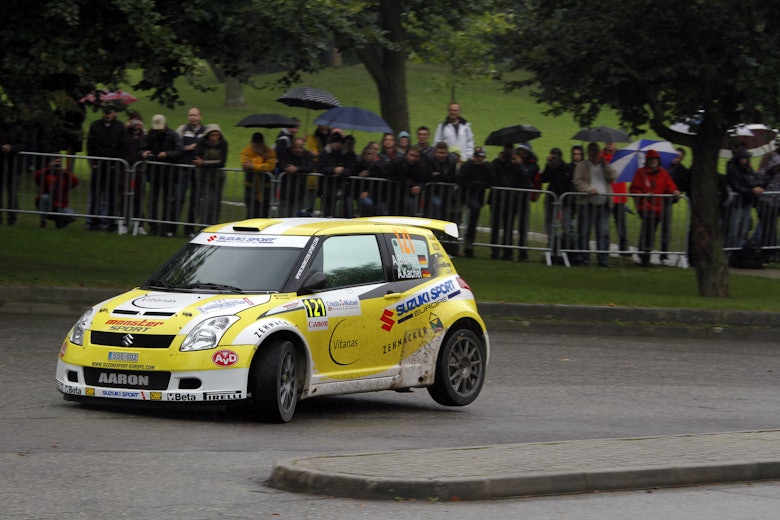
Suzuki’s bigger picture was, of course, it’s World Rally Car program. Sadly, the SX4 WRC failed to recreate anything like the success of its forerunner and was canned almost as quickly as it arrived.
Talk to rally fans around the world about showroom rallying and one manufacturer still remains very much at the forefront. Subaru.
As you would expect, we’re massive fans of the wonderful WRX here at DirtFish. Subaru’s all-wheel drive STI and BRZ (both in largely stock shape) form the backbone of what we do at the rally school.
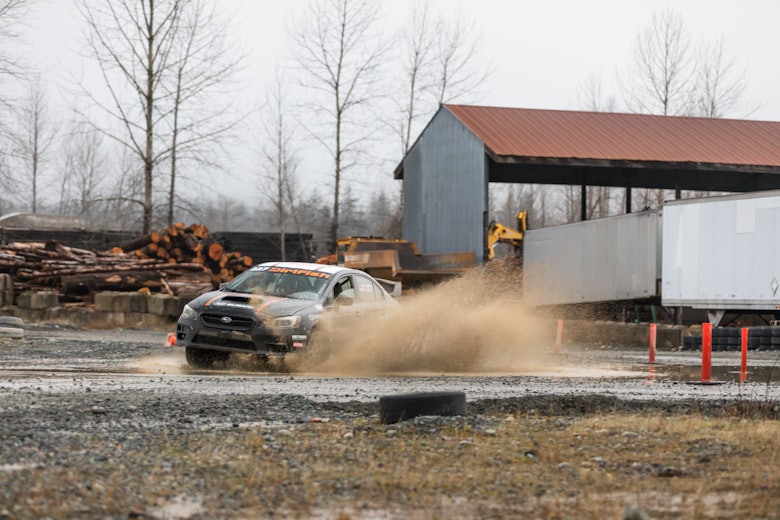
Listening the half a dozen flat fours being fired up on a sunny Snoqualmie morning never fails to bring a smile. The boxer beat has become the audible backdrop for a generation (and more) of rally fans. And will remain so for a very long time into the future.
So, yes, the second tier is important to Japanese manufacturers.
Toyota’s GR Yaris Rally2 is the future, with a nod to the past.
